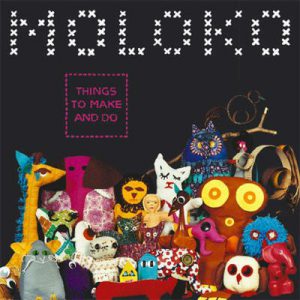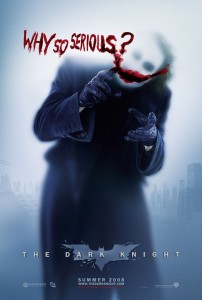A Clockwork Orange
A Clockwork Orange is Anthony Burgess’s most famous novel and its impact on literary, musical and visual culture has been extensive. The novel is concerned with the conflict between the individual and the state, the punishment of young criminals, and the possibility or otherwise of redemption. The linguistic originality of the book, and the moral questions it raises, are as relevant now as they ever were.
- A Clockwork Orange
- A Clockwork Orange on film
- A Clockwork Orange on stage
- The Music of A Clockwork Orange
- A Clockwork Orange and Nadsat
- A Clockwork Orange and the Critics
- The Legacy of A Clockwork Orange
- The Podcast
The Legacy of A Clockwork Orange:
A Clockwork Orange confirmed Anthony Burgess’s reputation as a internationally renowned figure. His celebrity was reinforced by his willingness to appear on television talk shows, such as Wogan, Parkinson, and The Dick Cavett Show. Journalists would not stop asking him to comment on A Clockwork Orange, and he often obliged, even while bemoaning the fact that they were not as interested in his other novels. Towards the end of his life, he sometimes said that he wished he had never written the novel, although he continued to write introductions to new editions and involved himself in various theatrical adaptations, including A Clockwork Orange: A Play With Music and A Clockwork Orange 2004, produced by the Royal Shakespeare Company at the Barbican Theatre in 1990.

More than 60 years after the book was published, it is hard to overstate the impact of Burgess’s novel on popular culture. A Clockwork Orange anticipated both the hedonistic, liberal sixties and the violent, disillusioned seventies. These elements combine to make the book and its film adaptations a key counter-cultural work, which is often quoted from and referred to in popular art-forms. Burgess himself was not a lover of popular music, but numerous bands have taken their names from his writing: The Clockwork Oranges, Heaven 17 (also a fictional band in the novel), Moloko, and The Devotchkas. There have also been many songs inspired by the novel, including ‘Ultraviolence’ by New Order, ‘Horrorshow’ by the Libertines, Ultraviolence by Lana Del Rey, and Sepultura’s album A-Lex. The drummer of the Sex Pistols claimed that he had only read two books — a biography of the Kray Twins and A Clockwork Orange. The manager of the Rolling Stones wrote the sleeve-notes to one of their albums in a version of Nadsat. Viewers of the film Trainspotting will remember the memorable scene in a nightclub resembling the Korova Milkbar, with the word ‘MOLOKO’ written on the wall. This is not an exhaustive list, but it indicates the range and variety of musicians and other artists who have taken inspiration from Burgess’s novel.
Dressing up as droogs, especially in costumes inspired by Stanley Kubrick’s film, remains a popular pursuit. A number of musicians have dressed in the signature bowler hat and Dr Martens boots for their videos and live performances. David Bowie, Guns n’ Roses, Blur, Usher, Madonna and Kylie Minogue have all worn costumes which reference the film, while Halloween party-goers are often to be seen dressing in the style of Alex and his droogs.

In the world of film and television, Bart Simpson, the archetypal juvenile delinquent, frequently quotes Alex in a Cockney accent. Bart has dressed up in droogish clothes and been subjected to variants of the Ludovico Technique in The Simpsons. Eric Cartman of South Park has suffered similar treatment. Heath Ledger’s portrayal of the Joker in The Dark Knight was inspired, in part, by A Clockwork Orange, which features in a diary he kept during the filming. Quentin Tarantino has claimed that the famous scene in Reservoir Dogs, juxtaposing ‘Stuck in the Middle With You’ with the cutting-off of an ear, was inspired by similar contrasts in Kubrick’s film adaptation.
The novel has also had a wide literary impact, with writers such as Martin Amis, J.G. Ballard, William Boyd and A.S. Byatt acknowledging its importance. Burgess’s philosophical ambition, mixture of the comic and the shocking, and linguistic inventiveness have helped to shape later generations of writers. The book itself has never been out of print since 1962, and is available in translation all over the world. A Clockwork Orange: The Restored Edition was published in 2012, presenting a new text edited from Burgess’s manuscripts and including essays, articles and reviews. In the same year, Random House Digital released a Clockwork Orange app for iPad, containing video, music, and audio readings synchonized to the text of the novel. The app, which is no longer available, presented editorial correspondence and other material from the archives of the publisher and the Burgess Foundation.
The novel has become an international best-seller, and new translations continue to appear around the world, most recently in Turkish, Chinese, Maltese, Malay and Arabic. There have been more than 300 stage productions of A Clockwork Orange: A Play With Music, which continues to find new audiences, along with the classic Kubrick film.


